Kids will have a blast with this hands-on science experiment! Use this Cabbage pH Science Experiment for Kids with your class to illustrate the pH scale in a fun and low-cost way. You can also use pH strips along with this lesson to illustrate the different levels of pH, or use other materials of varying pH ratings to get the cabbage to show the full range of the pH scale from bases to acids. This science experiment has such dramatic results, it’s sure to be a hit with your classroom!
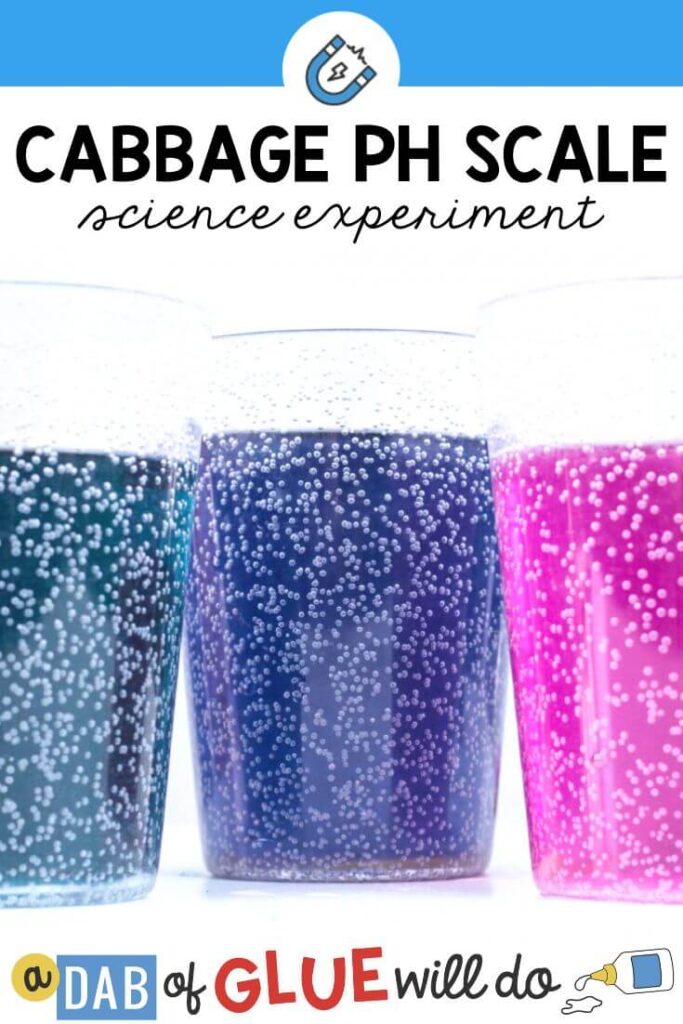
Getting the Cabbage pH Science Experiment for Kids Ready
Gather these supplies before getting started. This is a demonstration, so you only need to make one set of cabbage-water cups with the class. But provide plenty of pH strips so all the kids can test the pH of the cabbage water!
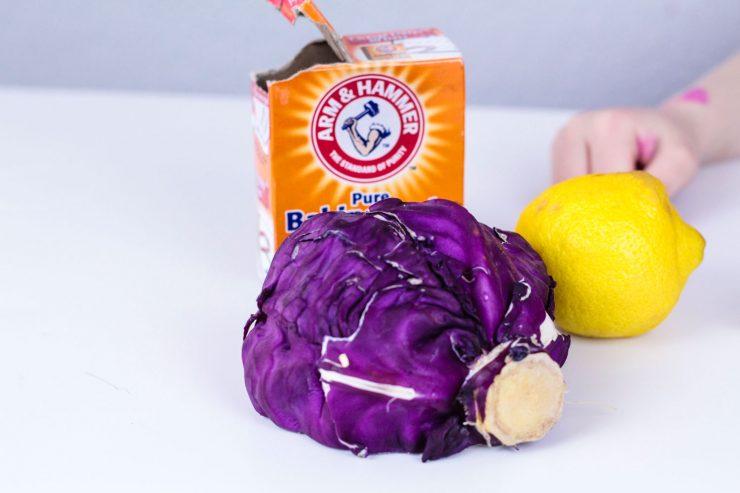
Materials needed:
- Red cabbage
- Lemon juice
- pH test strips
- Baking soda
- Honey
- Other liquids with various pH ratings (vinegar, soda, milk, soapy water, hand sanitizer)
- Jars (7 if you’re doing the full scale, 3-4 if you’re doing a smaller version)
Setting Up the Cabbage pH Science Experiment for Kids
You do not want to make the cabbage water in your classroom, or else you’ll be gagging on cabbage stink all day long. Make the liquid ahead of time at home.
Chop a cabbage into small pieces and add them to a pot of water. Put in enough water to fill all your containers about 1/3 of the way full.
Boil the water for about 10 minutes, then let the pot rest for another 30 minutes.
Drain the cabbage water and throw away the boiled cabbage. Take the cabbage water with you to class.
Doing the Cabbage pH Science Experiment for Kids
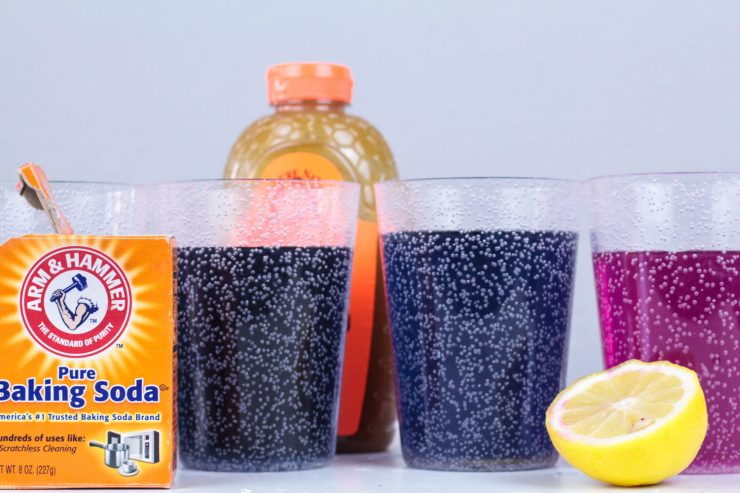
Discuss the concept of the pH scale. How can kids tell if something is an acid or a base?
Bases: Have a bitter taste. Feel slippery.
Acids: Have a sour taste. Feel rough.
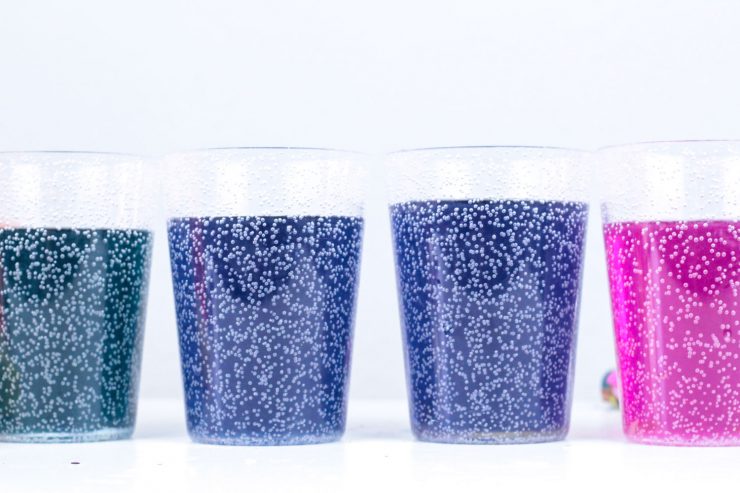
To know what pH something has, there is a pH scale. Pour a bit of the cabbage water into all of your containers. Fill them the rest of the way with water. We found our reactions were more dramatic and visible when the cabbage water was less concentrated.
Let the kids add the materials to the jars, then watch as the cabbage water reacts and changes colors. Test the actual pH of each jar with pH test strips.
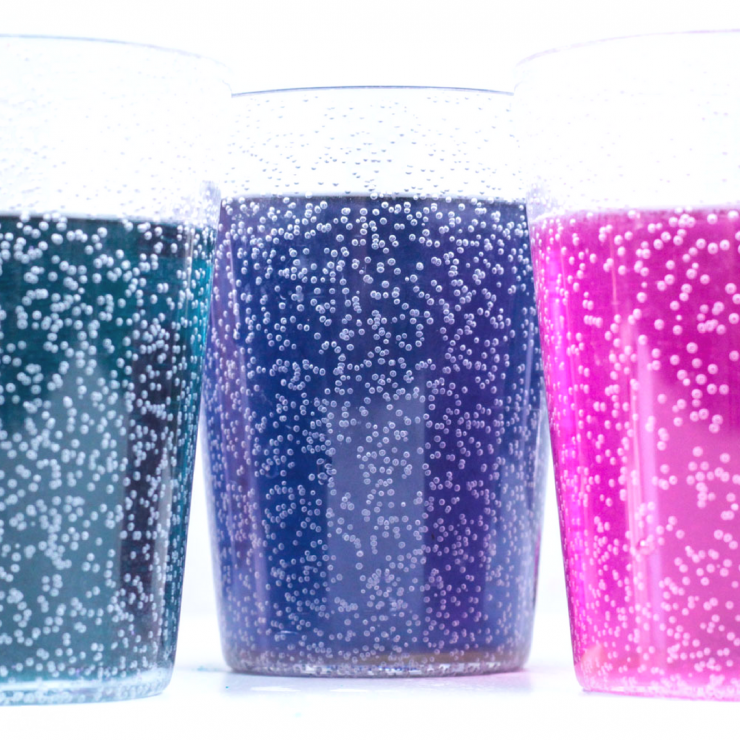
Science Questions to Ask
- What is the pH scale?
- Why is the pH of different foods different?
- What makes the cabbage juice change color?
The Science Behind the Cabbage pH Science Experiment for Kids
Why does cabbage work as a pH indicator? Red cabbage contains a pigment known as anthocyanin. Anthocyanin changes color when it comes in contact with an acid or a base. Red color changes mean that the pH is acidic. Green means it is a base.
More Science Activities and Ideas
Walking Water Science for Kids
Want science planned for you ALL YEAR LONG?!
Do you want science planned for the ENTIRE CALENDAR YEAR!? This Endless Science Mega Bundle will save you so much time and keep your students engaged and excited about learning. This amazing resource contains 53 science topics including life science, physical science, earth science, and animal studies.

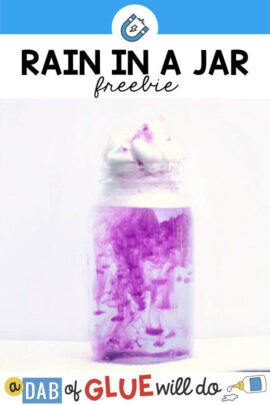
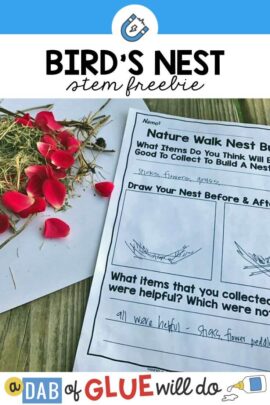
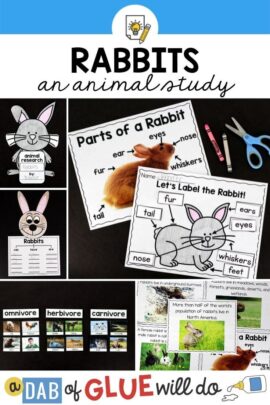
Leave a Comment